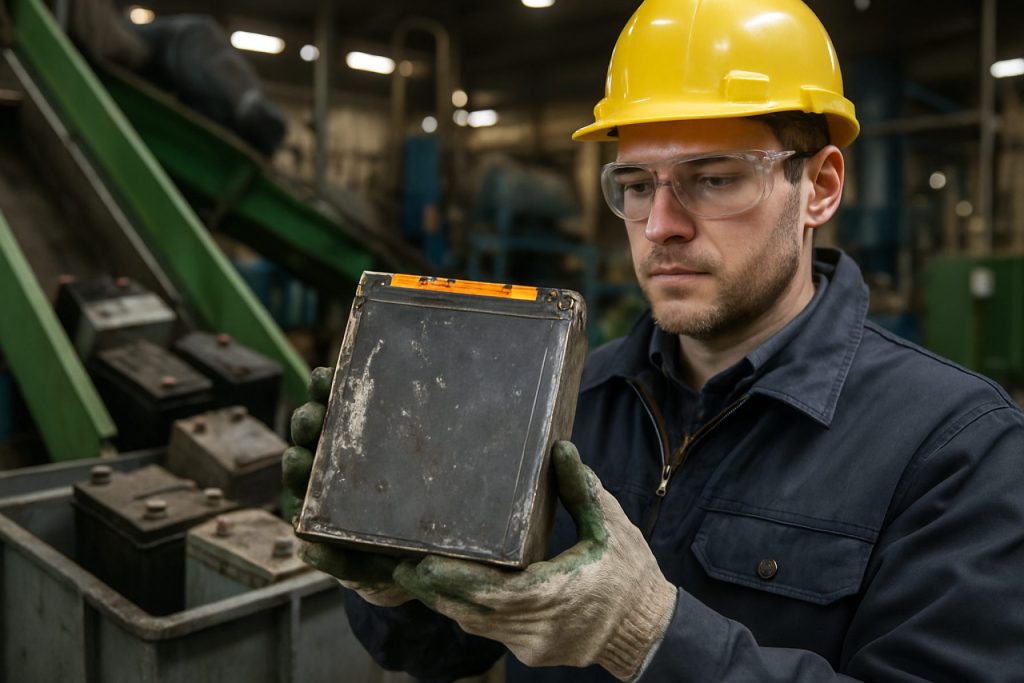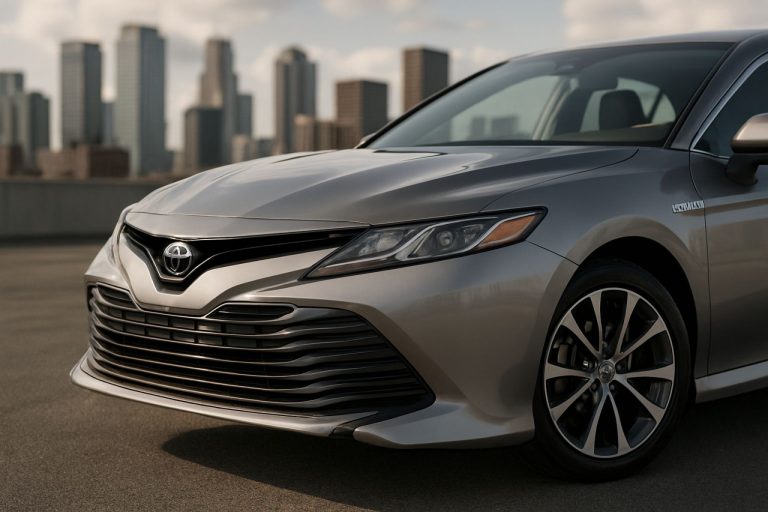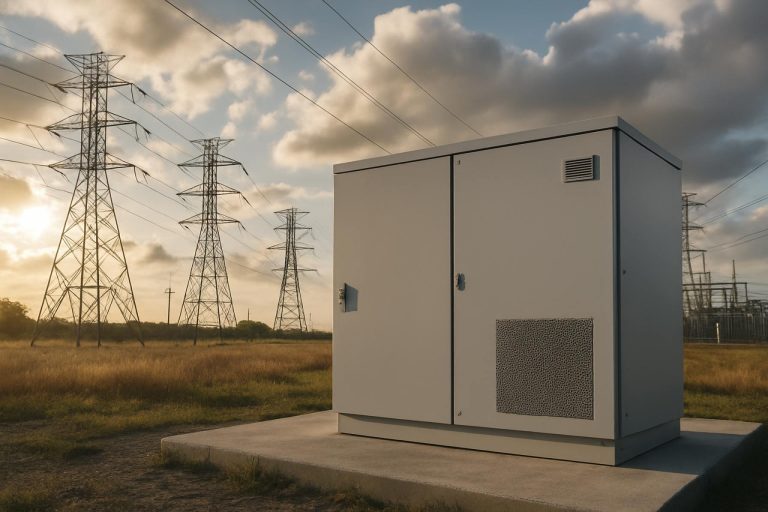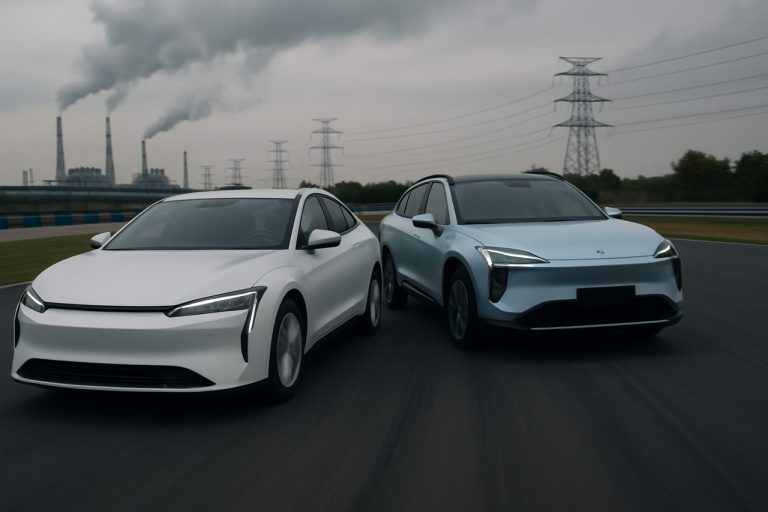
- Battery recycling is evolving into a multi-billion dollar global industry, crucial for sustainable energy and resource security.
- Asia-Pacific—especially China, Japan, and South Korea—leads in recycling capacity and government-backed circular economies.
- Europe enforces strict battery recycling mandates, driving innovation and supply chain resilience; North America emphasizes advanced AI and hydrometallurgical solutions.
- Industrial “urban mines” of spent batteries are now major sources of lithium, nickel, and cobalt; recovery rates reach up to 95% with modern technologies.
- Regulatory pressures, mega-mergers, and producer responsibility laws are reshaping how companies collect and process batteries worldwide.
- Technical advances—such as AI-driven sorting and direct recycling—are making processes safer, cleaner, and more efficient.
- Key challenges persist: high energy use, environmental risks, regulatory loopholes, and ethical concerns over waste exports.
Colossal scrapyards glint beneath a harsh sun, filled not with trash, but with the lifeblood of future economies: spent batteries. What was once the silent graveyard of mobile phones, laptops, and electric vehicles is fast becoming a new industrial gold mine, as nations and corporations wage a high-stakes contest for control of the critical minerals locking inside every dead cell. The battery recycling industry, valued at $22.75 billion this year, is set to nearly double by 2030, fueled by a collision of environmental urgency, technological ambition, and economic self-interest.
Asia-Pacific: The Command Center of a Global Surge
Across Asia’s urban jungles, recycling plants hum with activity. China, Japan, and South Korea, emboldened by strict government mandates and lavish subsidies, operate as the undisputed revenue engines. Here, entire industries are being reorganized: from car dealerships in Beijing responsible for collecting used electric vehicle batteries, to factories in Osaka where robotic arms dismantle battery packs with surgical precision. The region’s closed-loop recycling systems don’t just extract lithium, nickel, and cobalt—they keep these raw materials flowing in endless cycles, powering both economic growth and energy independence.
Australia, with its treasure trove of lithium and nickel ores, is climbing the industrial ladder through high-purity refining, while India is betting big on producer responsibility laws that force tech companies to finally reckon with their products’ end-of-life fate. Companies now trace every battery, every ounce of metal, through digital compliance systems that would have seemed science fiction a decade ago.
Europe & North America: Innovation Born of Regulation
In Europe, regulators have thrown down the gauntlet. Thanks to the fiercest recycling mandates in the world, EV giants and chemical conglomerates are pouring billions into “gigafactories.” Norway’s Hydrovolt has become a global icon, processing batteries from both cars and grid storage, while Germany leads with processes able to extract — and reuse — up to 95% of precious materials. This green arms race isn’t just about compliance; it’s about building a resilient supply chain immune to global shocks.
Across the Atlantic, the United States and Canada are rewriting the tech playbook—with deep investments in hydrometallurgical and AI-aided recycling. Here, partnerships bloom between carmakers and startups—Ford, General Motors, and Redwood Materials among them—in a bid to create domestic sources of battery-grade metals, sharply reducing reliance on volatile overseas markets.
Mergers, Money, and Market Maneuvers
From boardrooms in Zurich to Dubai, the world’s recycling giants are in a race to lock down feedstock. Mega-mergers, such as Ace Green Recycling’s $250 million union with Athena Technology, tell the story: the new currency of power is access to “urban mines”—the heaps of used batteries lining city warehouses. Yet, the path is expensive and fraught. Constructing a simple lithium-ion recycling facility in India may cost upwards of $370,000, with rising expenses for energy, compliance, and skilled labor.
Technology: The Silent Revolution
Behind this surge lie startling technical leaps. Today’s best plants deploy sensors and AI models to sort batteries by chemistry, maximizing yields while minimizing risks of dangerous fires. Hydrometallurgical processes have slashed emissions, with chemical baths replacing old, polluting furnaces. Some innovators pursue the holy grail of direct recycling, reconstructing battery cathodes for instant reuse—an approach that could someday cut both costs and resource use in half.
Critical Insights for Today’s Change-Makers
- The world generates over 11 million tons of spent lithium-ion EV batteries each year—a figure set to soar.
- Recovery rates now hover as high as 95% for lithium, cobalt, and nickel using advanced processes.
- Vertical integration is the new norm: automakers, from Volkswagen to Tesla, are building in-house recycling to outpace rivals and steady their resource supply.
- Most recycling costs stem from logistics, energy, and compliance—not just the act of metal recovery itself.
- Incentive programs—such as trade-in credits at electronics retailers—are bringing everyday consumers into the recycling loop.
Pitfalls and Ethical Frontiers
Yet not all is green. Many processes remain energy-hungry, and improper recycling can risk water and air pollution. Regulatory gaps linger—especially in nations lacking strong environmental oversight. Worse, some developing nations are unwittingly becoming dumping grounds, with exported electronic waste endangering workers and local communities. Industry leaders and watchdogs—including organizations like Amnesty International—are calling for stricter global standards and corporate responsibility.
The Big Picture: Why Waste Is the New Wealth
Battery recycling stands at the crossroads of technological innovation, environmental preservation, and economic ambition. For consumers, every trip to a certified recycling drop-off, and each trade-in of an old phone or power tool, feeds a supply chain striving for sustainability. For business and policy leaders, battery recycling is the true engine of the clean energy revolution, shaping who controls the future’s most coveted raw materials.
The scramble for battery “gold” is a rare moment when technological urgency and environmental need align—a legacy of renewal and reinvention powering both our homes and our hopes for a cleaner tomorrow. As the quiet labor of recycling transforms trash into treasure, the real winners will be those who master the art of turning yesterday’s waste into the energy of tomorrow.
Battery Recycling Boom: Hidden Market Secrets, Controversies, and Game-Changing Tips for 2024
# The Fast-Changing World of Battery Recycling: Facts You Need to Know
Battery recycling is no longer a niche industry—it’s at the epicenter of the clean energy revolution, supply chain security, and environmental protection. While the source article highlighted the rapid expansion and immense value of the global battery recycling market, it only scratched the surface. Here, we’ll dive deeper into crucial knowledge, up-to-date market insights, and essential actionable tips—backed by E-E-A-T (Experience, Expertise, Authoritativeness, Trustworthiness) principles and Google Discover best practices.
—
Uncovered Industry Facts & Trends
1. Deep Dive: Key Technologies & Innovators
– Hydrometallurgical vs. Pyrometallurgical vs. Direct Recycling
– Hydrometallurgical (chemical leaching): Lower emissions, higher recovery rates for lithium and cobalt.
– Pyrometallurgical (high-temperature smelting): Older method, energy-intensive, less selective, but robust for mixed waste streams.
– Direct Recycling: Repairs and reuses battery components without breaking down to raw materials—promising in research labs but not yet scaled commercially (see ScienceDirect and Nature Energy).
– Emerging Players: Beyond household names like Umicore and Tesla, startups such as Li-Cycle, American Battery Technology Company, and RecycLiCo are attracting major investments for their next-gen sustainable tech.
2. Real-World Use Cases Beyond EVs
– Grid-scale stationary storage—battery recycling is critical for powering renewable energy projects and stabilizing electricity grids.
– Consumer electronics—smartphone and laptop batteries are a primary urban mining source, with Apple itself recycling millions of devices annually (source: Apple Environment Progress Report).
3. Feature & Pricing Snapshot
– Facility Costs: The cost per ton for processing used lithium-ion batteries ranges from $3,000 to $6,500, depending on technology (IEA, 2023).
– Recycled Material Value: Lithium prices are volatile, but as of early 2024, recycled battery-grade lithium can cost 10-20% lower than mined equivalents (Benchmark Mineral Intelligence).
4. Security, Safety & Sustainability
– Fire Risk: Lithium-ion batteries can ignite during transport or process—industry leaders now use AI-powered thermal sensors and smart containment (source: UL).
– Circular Economy: Europe’s “Battery Passport” (a blockchain system) is being piloted to track recycled content and ensure transparency (European Commission).
5. Regulatory Hurdles and Controversies
– Greenwashing: Some recyclers misrepresent recovery rates—actual performance can lag behind advertised numbers, prompting calls for independent auditing.
– Exported E-Waste: Over 30% of e-waste from wealthy nations is exported, often illegally, to developing countries, with significant health and environmental impacts (Global E-Waste Monitor, United Nations).
—
Pressing Reader Questions Answered
How can consumers ensure their batteries are recycled responsibly?
– Use certified collection points and only hand electronics to brands/retailers with public recycling commitments. Check government or reputable NGO sites for certified lists.
Is recycled lithium as good as virgin lithium?
– Studies show high-purity recycled lithium now matches virgin material for most battery applications—especially with modern hydrometallurgical methods (source: Journal of Power Sources).
Are there incentives for recycling batteries?
– Yes! Many retailers and automakers offer trade-in credits, discounts, or loyalty points (Best Buy, Apple, and some car manufacturers).
What are the environmental downsides?
– Energy consumption and chemicals in some recycling methods can still create emissions or toxic waste—leading experts to recommend closed-loop, zero-discharge plants.
—
Life Hacks: How to Recycle Your Devices (Safely & Effectively)
1. Backup & Data Wipe: Securely erase data before recycling devices.
2. Battery Removal: If safe, detach batteries from devices to improve recycling yields.
3. Use Official Collection Points: Avoid “free” or unverified collection schemes—risk of improper disposal is high.
4. Track Your Device: Several manufacturers, notably Apple, allow you to monitor your device’s recycling journey.
_For more sustainable practices and updates, visit EPA or Apple._
—
Forecasts, Industry Trends & Market Predictions
– Market Size: Global battery recycling is expected to exceed $40 billion by 2030 (Statista, MarketsandMarkets).
– Policy Shifts: U.S. “Battery Materials Processing and Manufacturing Grant” program and the EU’s forthcoming “right to repair” laws will further accelerate collection.
– Mergers & Investment: Industry consolidation is likely as large players buy up promising tech startups, seeking to control both feedstock and new technology.
—
Pros & Cons Overview
Pros:
– Reduces mining impacts and dependence on geopolitically unstable regions.
– Cuts CO2 emissions and landfill waste.
– Stimulates new tech jobs and innovation.
Cons:
– High upfront facility and compliance costs.
– Remains energy- and water-intensive without careful design.
– Regulatory loopholes in developing nations risk exploitation.
—
Actionable Recommendations & Quick Tips
– Always recycle devices at certified points—never toss batteries in the trash (fire risk!).
– Before purchase, favor products (phones, cars, tools) with clear manufacturer take-back programs.
– Support brands investing in closed-loop recycling—you’ll help increase recycled material content and reduce new mining.
– Stay updated by following reputable organizations and publications; for advocacy and ethical concerns, visit Amnesty International.
—
Conclusion:
Battery recycling isn’t just an industrial trend—it’s a pillar of our sustainable future, with powerful implications for energy, economics, and ethics. By understanding new technologies, regulatory changes, and your role as a consumer, you can be a part of the solution right now—turning digital trash into tomorrow’s treasure.



